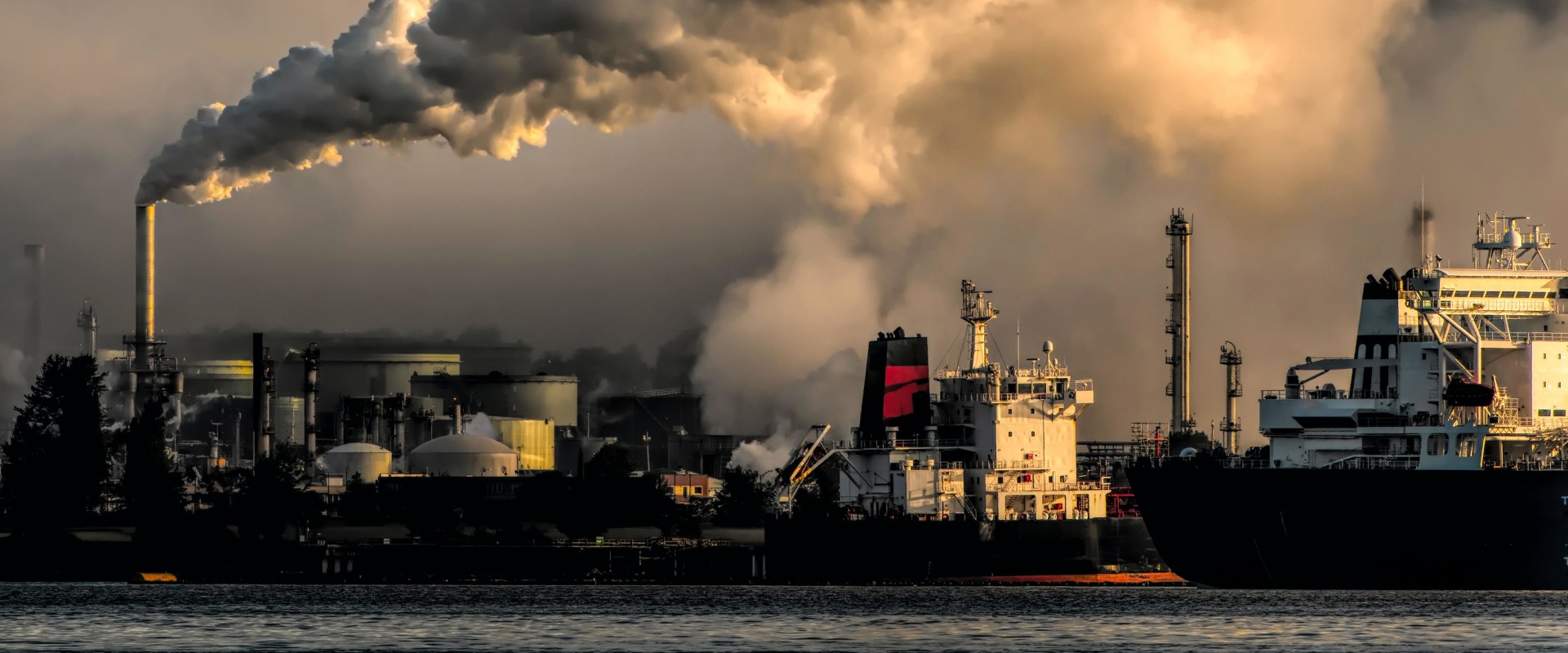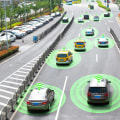Greenhouse gas emissions, making it the largest contributor to the U.S. UU. The environmental effects of transportation are significant because transport is a major consumer of energy and burns most of the world's oil. This creates air pollution, including nitrous oxides and particulate matter, and contributes significantly to global warming through the emission of carbon dioxide.
Within the transport sector, road transport is the biggest contributor to global warming. Transport is a major source of air pollution not only in developed countries but also in developing countries. Environmentalists believe that the rapid increase in the number of vehicles on our roads, which has occurred without any real restrictions, is rapidly turning into an environmental crisis. Exhaust gases are the main source of air pollution produced by the motor vehicle.
Sustainable transport is transport with a lower environmental footprint per passenger, by distance or with a greater capacity. SmartWay Helps Freight Forwarding Industry Improve Supply Chain Efficiency to Reduce Air Pollution from Its Operations. Economic assessments of transportation investments often ignore the true effects of increased vehicular traffic, increased parking, traffic accidents and consumer costs, and the real benefits of alternative modes of transport. However, indirect or side effects of transport development may also be responsible for many adverse impacts on wildlife, including those associated with air, water and noise pollution (described below).
Transport requires energy mainly for the operation of the vehicle and, to a certain extent, also for the manufacture of the vehicle. Other environmental impacts of transportation systems include traffic congestion and car-oriented urban sprawl, which can consume natural habitat and farmland. By reducing global transport emissions, it is expected that there will be significant positive effects on Earth's air quality, acid rain, smog and climate change. EPA provides useful information, tools and links to resources that identify emission reduction strategies, national policies, regulations, incentive-based programs, funding sources, calculators and other types of assistance to help states and local areas achieve their air quality objectives and transport.
Land consumption is not only a direct consequence of the development of transport; it can also occur indirectly, since the land is used for the extraction of raw materials (mainly aggregates) necessary for construction. The three main elements of the Smartway Program include transportation partnerships between shippers and carriers and the EPA, brand awareness of fuel-efficient technologies, and global collaboration. The growth of rapid transport is man's greatest achievement in reducing distances, but at the same time it has also become a cause of environmental degradation. Air pollution emitted by transportation contributes to smog and poor air quality, which has negative impacts on the health and well-being of the U.S.
EPA programs to reduce emissions from transportation sources have resulted in less smog and soot, significantly better air quality, and better health for Americans. Switching to more polluting diesel vehicles in many countries threatens to halt the downward trend in road transport emissions in OECD countries. .







